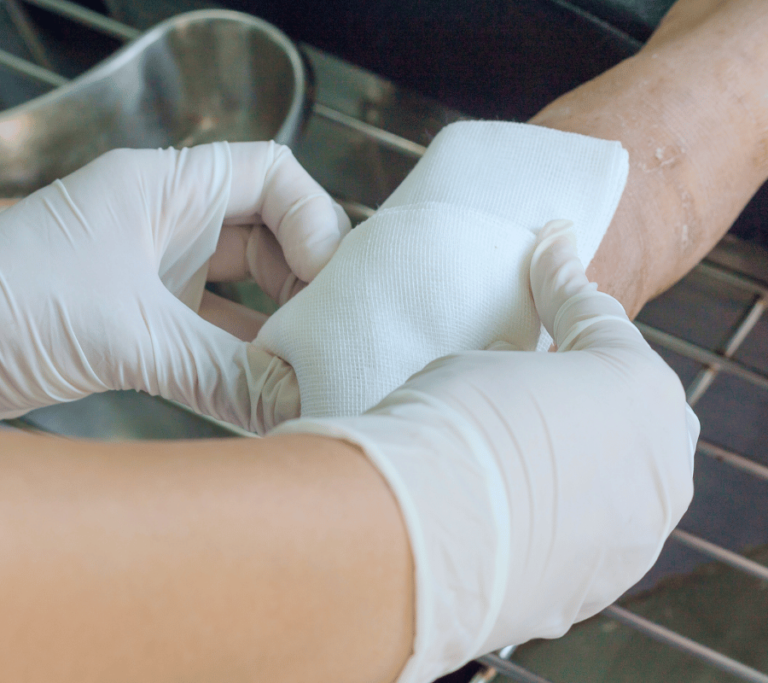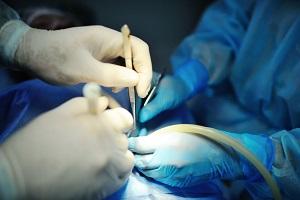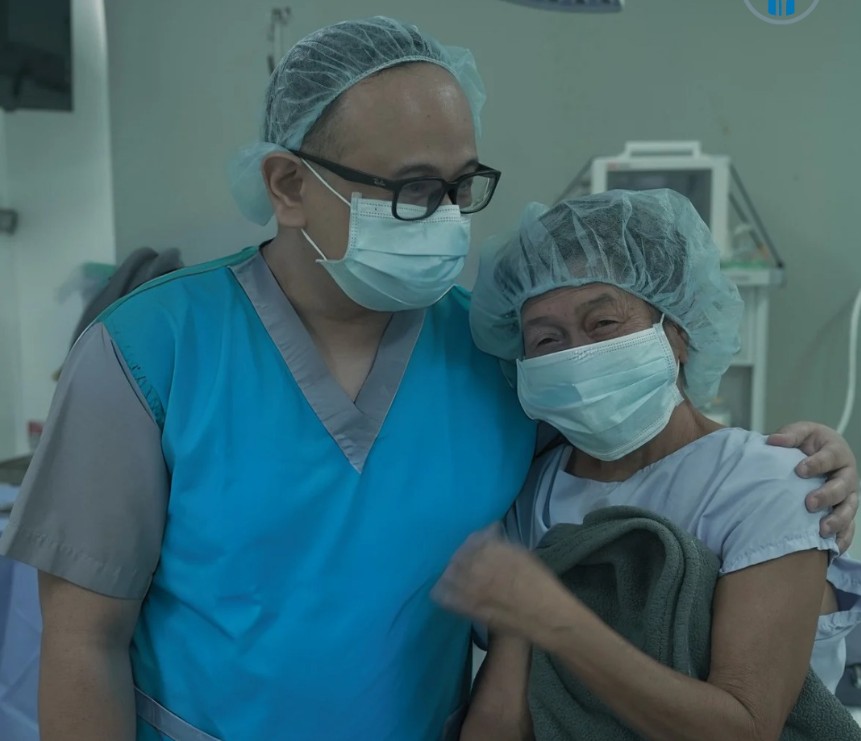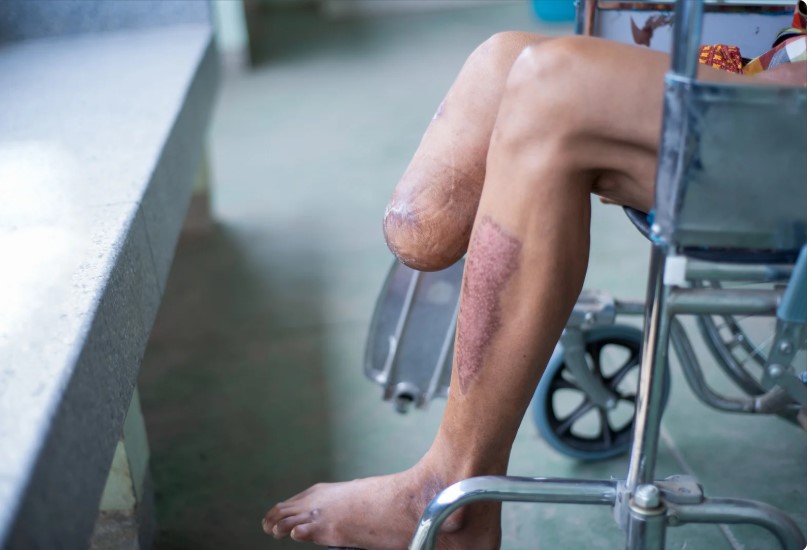Diabetic foot ulcers are a serious and common complication faced by individuals living with diabetes. These wounds, often slow to heal and prone to infection, require specialized attention to prevent severe consequences such as amputation. Effective management of diabetic foot ulcers goes beyond simple wound care—it demands a comprehensive diabetic foot ulcer management approach that addresses wound healing, infection control, and patient education.
At Kalingap Wound Care Clinic in Quezon City, patients benefit from expert-driven solutions tailored to the unique challenges of diabetic foot wounds. This article explores the critical components of comprehensive care that promote healing, reduce complications, and safeguard long-term foot health.
Understanding Diabetic Foot Ulcers
Diabetic foot ulcers (DFUs) are open sores or wounds that typically develop on the bottom of the foot in people with diabetes. These ulcers result from a combination of factors common in diabetes, including nerve damage (neuropathy), poor blood circulation, and impaired immune function. Neuropathy reduces sensation, making it difficult for patients to detect injuries or pressure points that can turn into ulcers. Poor circulation, on the other hand, slows healing and increases infection risk.
If left untreated, diabetic foot ulcers can quickly become infected. This infection may spread to deeper tissues or bone, increasing the risk of gangrene and potentially leading to amputation. Around 15-25% of diabetic patients are estimated to develop foot ulcers during their lifetime, highlighting the importance of early and effective intervention.
Why Comprehensive Diabetic Foot Ulcer Management Matters
Simply treating the wound surface is not enough to ensure healing or prevent complications. A comprehensive diabetic foot ulcer management plan incorporates multiple elements to promote optimal recovery. This holistic approach aims to:
- Accelerate wound healing through advanced treatment techniques
- Prevent infection by closely monitoring and managing bacterial threats
- Educate patients on preventive practices to avoid future ulcers
- Reduce the risk of severe outcomes such as hospitalizations and amputations
By addressing both the wound and the underlying causes, comprehensive management enhances quality of life, improves mobility, and supports long-term foot health.
Core Components of Comprehensive Diabetic Foot Ulcer Management
Effective management consists of several interrelated components, all working together to achieve healing and prevention:
Advanced Wound Care Techniques: Cleaning the wound properly is essential to remove dead tissue and contaminants that can delay healing. Professional wound cleaning, often called debridement, helps create a healthy environment for new tissue to grow. At Kalingap Wound Care Clinic, experts use the latest techniques and sterile procedures to ensure optimal wound bed preparation.
Maintaining the right moisture balance in the wound is also crucial. Specialized dressings help keep the wound moist enough to encourage healing while protecting it from excess fluids and bacteria.
Infection Control: Diabetic foot ulcers are highly susceptible to infections due to compromised immunity and poor circulation. Comprehensive management includes regular assessment for signs of infection, such as redness, swelling, warmth, and discharge.
When infection is detected, appropriate antibiotic therapy is administered based on wound cultures and sensitivity tests. Close monitoring ensures that infections are treated promptly, preventing deeper tissue involvement.
Protective Dressings: Choosing the correct type of dressing is vital for wound protection and healing. Options include hydrocolloid dressings, foam dressings, antimicrobial dressings, and more, each selected based on the ulcer’s condition and stage.
Protective dressings shield the wound from external contaminants, reduce pain, and help maintain an ideal healing environment.
Patient Education & Prevention: A cornerstone of comprehensive management is empowering patients through education. Proper foot hygiene, daily foot inspections, avoiding walking barefoot, and wearing appropriate footwear are critical preventive measures.
Patients learn to recognize early signs of foot problems and understand the importance of routine check-ups. Preventive education reduces the likelihood of new ulcers and complications.
Specialized Care at Kalingap Wound Care Clinic
Kalingap Wound Care Clinic in Quezon City stands out as a center dedicated to comprehensive diabetic foot ulcer management. Their team of experienced healthcare professionals provides individualized care plans based on the patient’s specific needs.
From initial assessment to advanced treatment and ongoing preventive education, every step is carefully managed to ensure effective healing and reduced recurrence risk. The clinic combines cutting-edge wound care technology with compassionate patient support, making expert care accessible to the community.
Tips for Diabetics to Prevent Foot Ulcers
Preventing diabetic foot ulcers requires vigilance and proactive care. Here are practical tips for diabetics to maintain healthy feet and avoid wounds:
- Inspect feet daily: Look for cuts, blisters, redness, swelling, or changes in skin color. Use a mirror if needed.
- Keep feet clean and dry: Wash feet daily with mild soap and lukewarm water; dry thoroughly, especially between toes.
- Moisturize skin: Apply lotion to prevent cracking, but avoid areas between the toes to reduce fungal risk.
- Wear proper footwear: Choose well-fitting shoes that provide support and protection, avoiding tight or open-toed shoes.
- Avoid walking barefoot: Even indoors, protect feet from injury by wearing shoes or slippers.
- Trim toenails carefully: Cut straight across and avoid cutting too short to prevent ingrown nails.
- Control blood sugar: Maintain blood glucose within target range to improve healing and reduce complications.
- Regular medical check-ups: See a healthcare provider for foot exams and early treatment of any issues.
When to Seek Professional Help
Timely medical intervention can make all the difference. Diabetics should seek professional help if they notice:
- Non-healing wounds or ulcers lasting more than 2 weeks
- Signs of infection such as increased redness, warmth, swelling, pus, or foul odor
- New pain or numbness in the foot
- Changes in skin color or temperature
- Any deep wounds or exposure of underlying tissues or bone
Early diagnosis and treatment at a specialized wound care clinic like Kalingap can prevent complications and promote faster recovery.
Takeaway
Effective healing and prevention of diabetic foot ulcers depend on a comprehensive diabetic foot ulcer management approach that combines advanced wound care, infection control, protective dressings, and patient education. Diabetic patients face unique challenges, and specialized clinics such as Kalingap Wound Care Clinic in Quezon City provide expert, tailored care that prioritizes both recovery and long-term foot health.
Taking proactive steps today—through regular foot inspections, proper hygiene, appropriate footwear, and professional wound care—can drastically reduce the risk of complications and improve quality of life for individuals living with diabetes.







